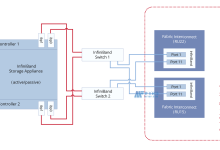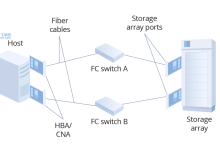linux is one of the most popular open source operating systems in the world, and it has been around for over two decades. It is used for everything from web servers to desktop applications. With so many files and data stored in the Linux system, it can often be a challenge to figure out how to view or decode files that have become corrupted or encoded in some way. This article will discuss how to use Linux to view garbled, or “mangled,” files.
First, you need to identify the type of encoding used in the file. This can usually be done by opening the file in a text editor such as Notepad++ or Sublime Text and scrutinizing the encoding line. If the encoding is Unicode, then you’ll need to access the Linux command line in order to decode the mangled file.
Once you have the command line open, you can use the iconv command to convert the encoding of the file. This command requires you to specify the current encoding and the desired encoding. For example, if the current encoding is ISO-8859-1, you can convert it to UTF-8 using the following command:
$iconv -f ISO-8859-1 -t utf-8 converted_file
After the encoding is converted, you can then use the less command to open and view the file. This allows you to easily scroll through the content and find what you need. To open a converted file in the less command, use the following syntax:
$less converted_file
Using the combination of the iconv and less commands, you can decode and view any garbled files. This process can be a lifesaver for those who encounter files that have been corrupted or mangled in some way.
In conclusion, knowing how to decode and view garbled files can be an essential skill when using Linux. By using the iconv command to convert the encoding and the less command to open the file, you’ll be able to view the contents of these files with ease.

 国外主机测评 - 国外VPS,国外服务器,国外云服务器,测评及优惠码
国外主机测评 - 国外VPS,国外服务器,国外云服务器,测评及优惠码












